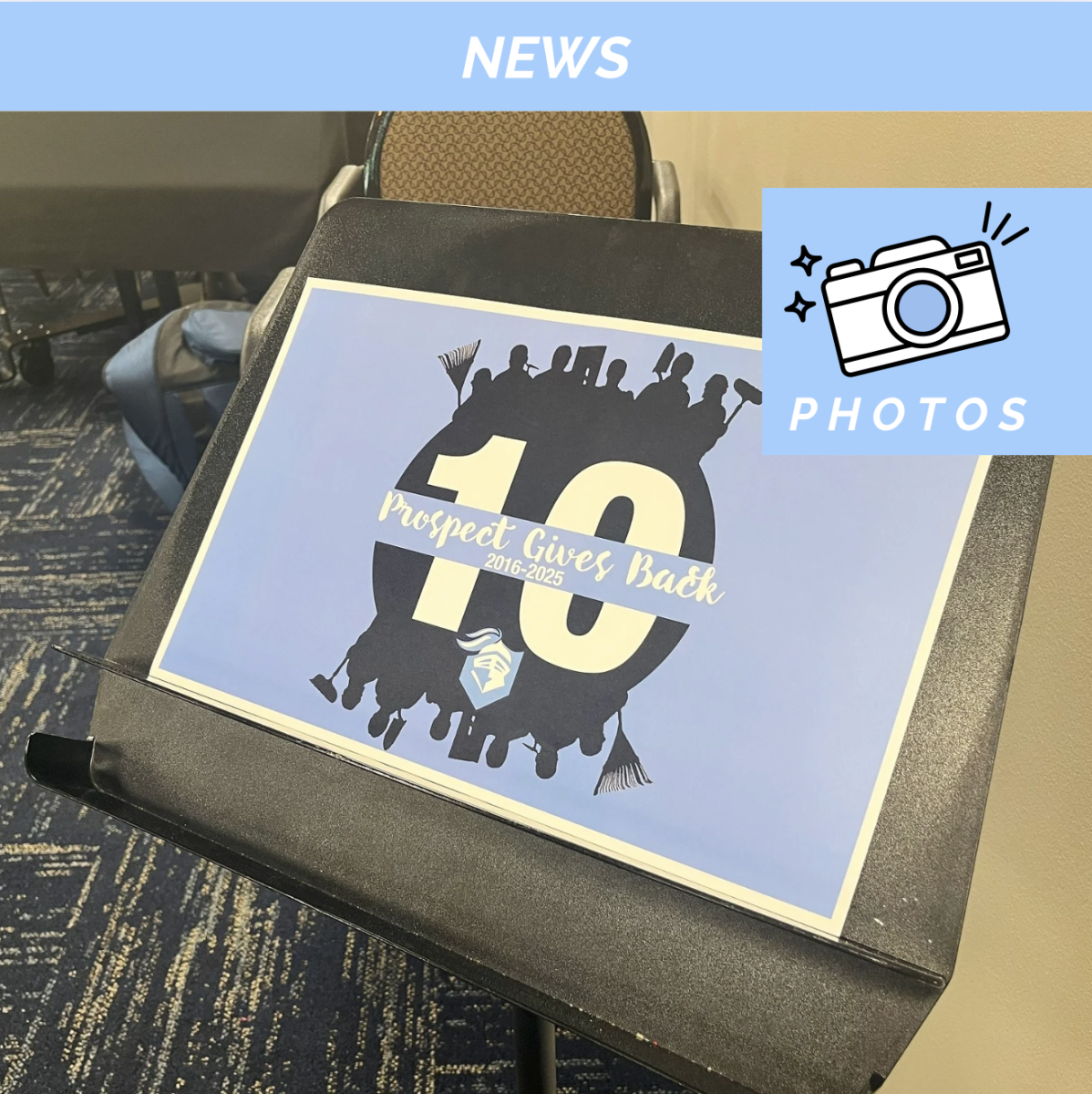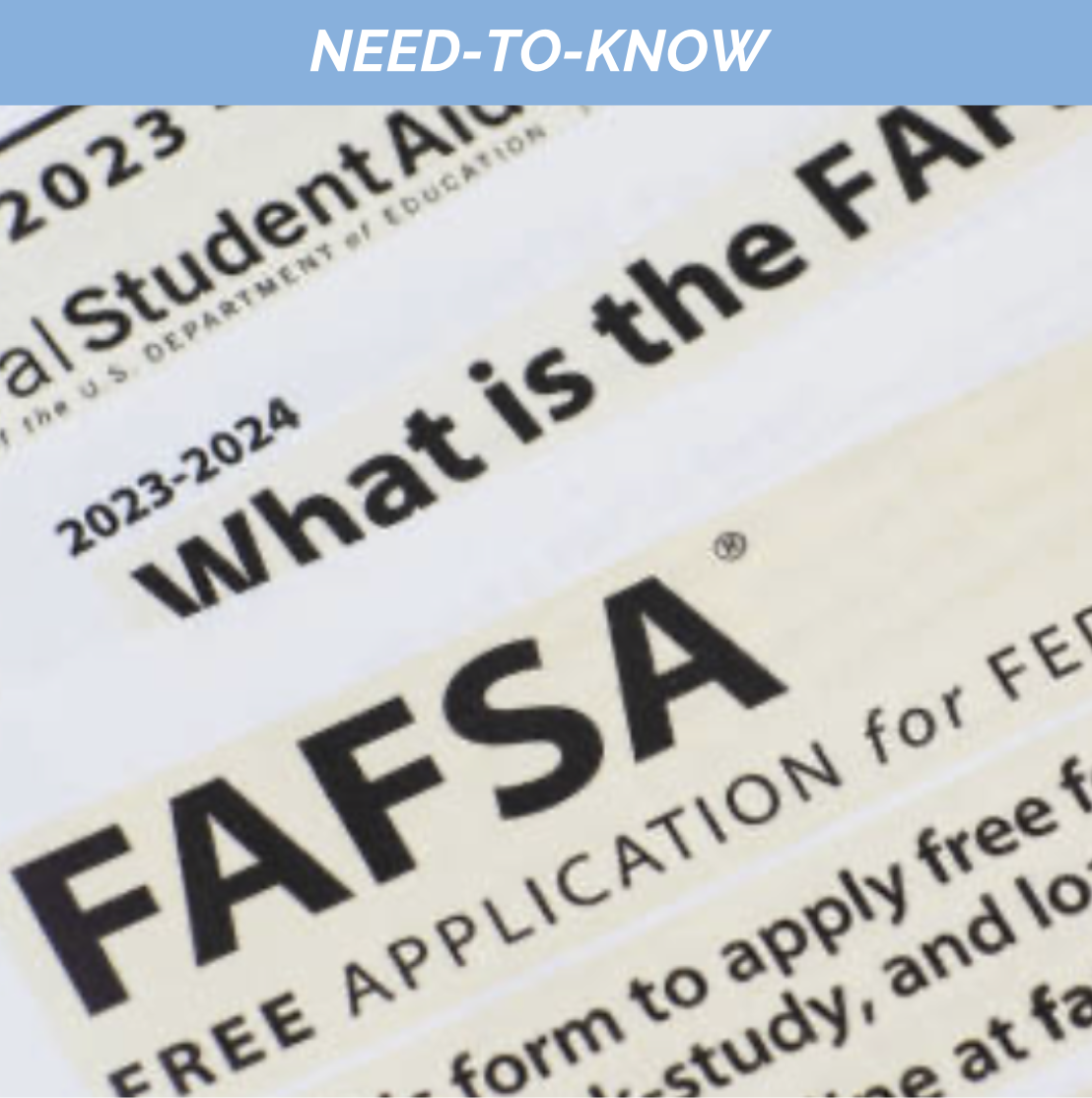Erythrosine is a weird sounding, big word: honestly, probably one you’ve never heard before. Yeah, you eat it all the time – it’s in your Peeps on Easter morning, in your Fruit by the Foot, your Dubble Bubble, your Candy Corn, your Jelly Beans, your Dippin’ Dots, and your Pop Tarts. No joke, it’s even in your medicine.
On January 15, 2025, President Biden’s Food and Drug Administration (FDA) “revoked authorization for the use of red no. 3 in food and ingested drugs.”
Despite the FDA just now banning red dye number three, they’ve had the power to do so since September 6th, 1958, when the Delaney Clause, a part of the Food Additives Amendment to the Federal Food, Drug, and Cosmetic Act (FFDCA),was enacted. The Food Additives Amendment actually states the following: “Any person may, with respect to any intended use of a food additive, file with the Secretary a petition proposing the issuance of a regulation prescribing the conditions under which such additive may be safely used.”
This inclusion means that anybody can report an unsafe food additive (specifically those which have been significantly proven to cause cancer) and have it reviewed by the FDA. The FDA then has the power, under the FFDCA, to regulate or outright ban the additive.
 Red dye number three was shown in 2022 to cause cancer in male lab rats exposed to high levels of the dye. Contrarily, the FDA itself acknowledges that “there is no evidence showing FD&C Red No. 3 causes cancer in humans.” Red Dye Number Three is one of the numerous food colorings made from petroleum – yes, the same fossil fuel used in the creation of antifreeze, cell phones, coffee makers, fertilizers, epoxy paint, and gasoline.
Red dye number three was shown in 2022 to cause cancer in male lab rats exposed to high levels of the dye. Contrarily, the FDA itself acknowledges that “there is no evidence showing FD&C Red No. 3 causes cancer in humans.” Red Dye Number Three is one of the numerous food colorings made from petroleum – yes, the same fossil fuel used in the creation of antifreeze, cell phones, coffee makers, fertilizers, epoxy paint, and gasoline.
There is another red dye, however, which has been made infamous by years of publicity and media attention analyzing its role in youth hyperactivity. I’m referring here to red dye 40. The National Institutes of Health (NIH) concludes that “AFCs (artificial food colorings) are not a main cause of ADHD, but they may contribute significantly to some cases, and in some cases may additively push a youngster over the diagnostic threshold.”
That “diagnostic threshold” is referring the process of diagnosing somebody with ADHD, ADD, and other hyperactive conditions. Often a certain number of symptoms, a threshold, has to be crossed to diagnose somebody.

When the FDA initially announced their red dye ban, they excluded all other synthetic food additives and focused exclusively on red dye number three. President Trump’s administration has now expanded this battle against synthetic dyes – spearheaded by H
ealth & Human Services Secretary Robert F. Kennedy Jr. – saying that they will be “working with industry to eliminate six remaining synthetic dyes” – critics say that this declaration means absolutely nothing, saying that history has shown a clear reluctance of private companies to regulate themselves, even when aided by the federal government. One of these synthetic dyes the Trump administration says they will be working with companies to phase out is red dye number forty. They also are requesting – not ordering or requiring – food companies to remove red dye number three prior to the original 2027-2028 deadline required by the Biden FDA.
The Biden FDA originally banned red dye number three, shown to have a cancerous effect on male lab rats, but never humans, instead of other dyes like red 40 sometimes linked to hyperactivity. This may be a result of the accepted meaning of the Delaney Clause legislation, often interpreted as allowing the FDA to ban dyes shown to have a carcinogenic effect – not dyes which simply have a negative effect like red dye forty, which has been linked to hyperactivity. The Trump FDA expanded this fight against synthetic dyes, but many claim it to be an empty gesture, saying that it requires no true action from companies and allows them to regulate themselves.
It’s safe to assume that in the future, we will be seeing less synthetic dyes in our food, which raises the question of what foods in our cafeteria will be changed by the new regulations. Red dye 3 is mainly used in medicine and less traditional foods, so it is pretty hard to find in our cafeteria. We took a look at the foods in our cafeteria that contain synthetic dyes – check out the photo gallery to see examples of food, other than the endless mounds of red-40 dyed candy, that contain red dye 40.
























